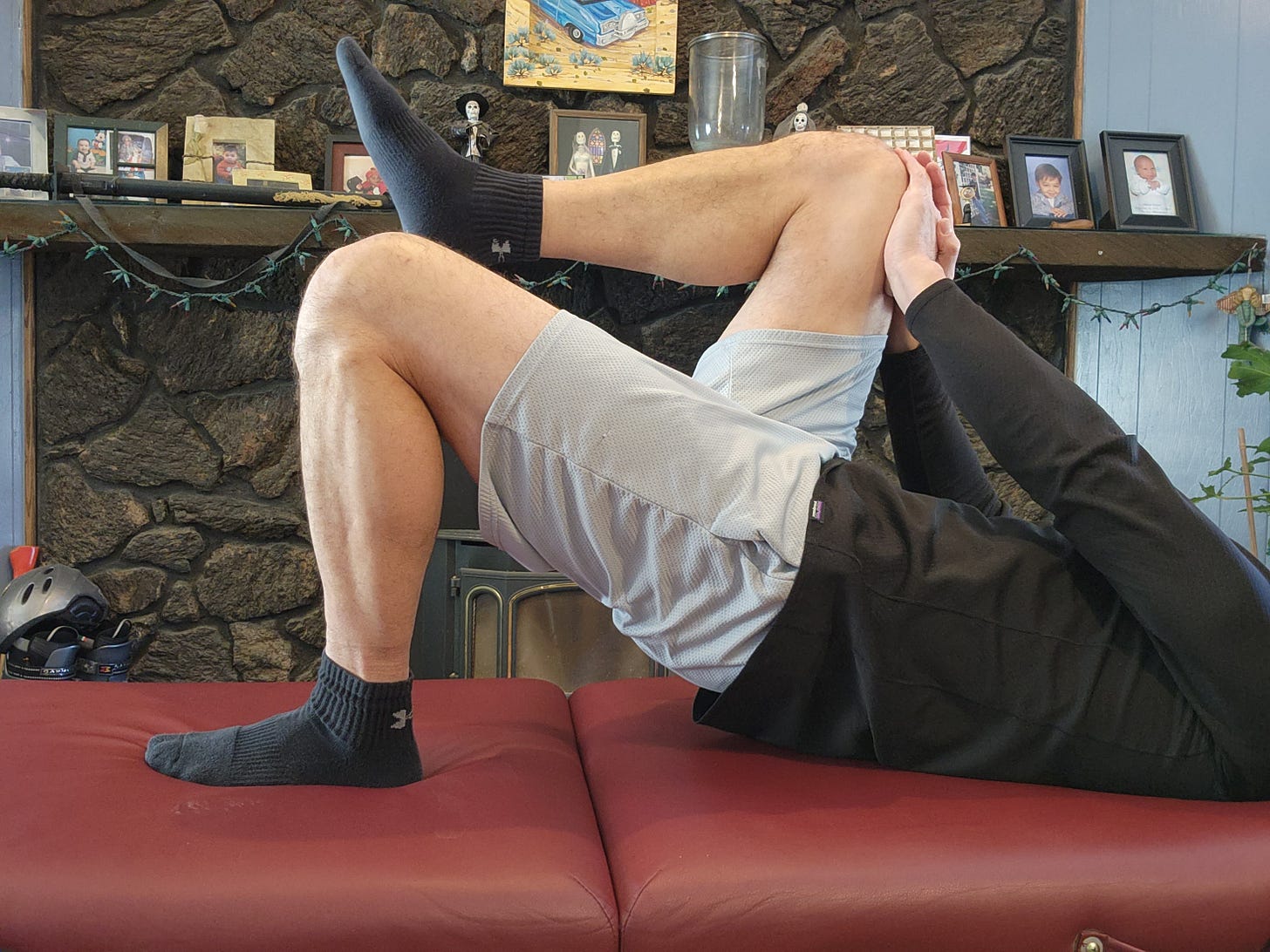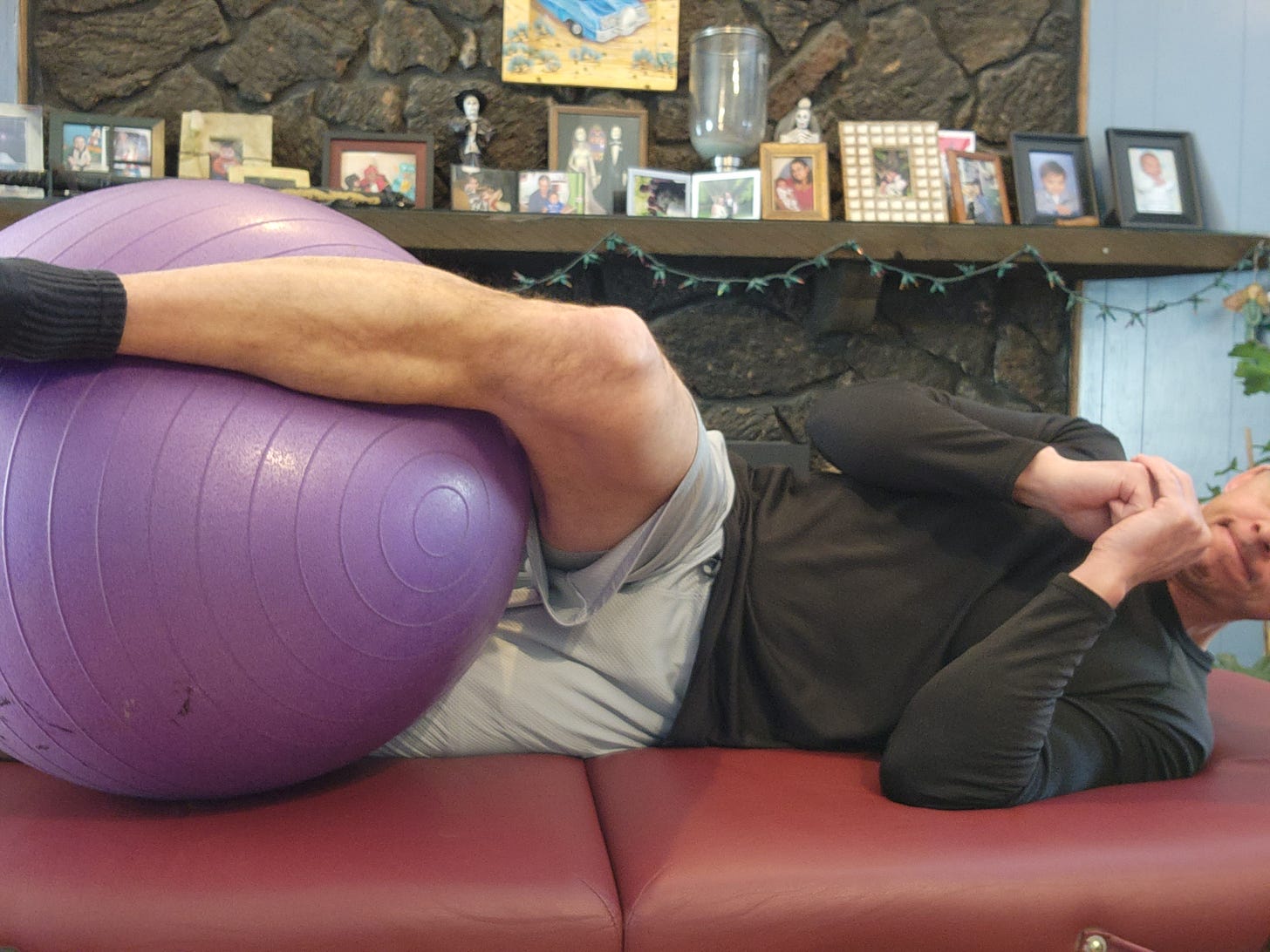This is not medical advice.
No, the SI, or sacroiliac joint is a junction between your low back and hip bones. More specifically your sacrum and iliac bones. Sometimes people have dimples over their SI joints at the bottom of their back muscles, one on each side of the spine.
In practice, I have seen roughly 5% of all low back pain cases diagnosed as spinal issues, may actually be issues with the SI joint. SI joint arthritis will show up on xray, however issues with alignment will not.
Common stories in someone’s history involve hard falls on hips or tail bones. Most patients are female, 20-40 year age range. My theory on the prevalence of females is that their hips are wider, more prone to forces of sway, and maybe a correlation with hormones, and contractions around the pelvis.
I have had this problem several times in wrestling where I twisted the wrong way. I had been treating this condition in others, without experiencing it first hand. I’m glad this happened so that I knew what it felt like, and could relate. It gave me perspective on how to fix it.
Common symptoms are pain on one side of the lower back. Pain usually radiates only 2-3 inches in the general area. I would describe it as a dull pain or ache by itself. Pushing directly on the SI joint can be more painful. Pain that radiates farther than the buttocks would point more towards sciatica than the SI joint.
Diagnosing and treating this by yourself can be very difficult, and you really need to find someone familiar with these conditions. I was able to lie flat on a hard floor, and feel which hip was rotated. There are several exercises to correct this, however you want to know in which direction to correct. You don’t want to make it worse.
Sometimes the pain does not leave immediately after correction, yet feels much better the next day. This is not something you want to have to do forever. Once corrected, the plan should be to build core muscle stabilization, so as to prevent this from reoccurring. Check out this previous post for those exercises.







